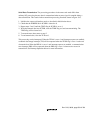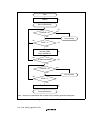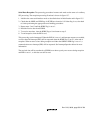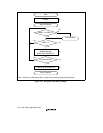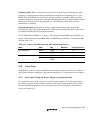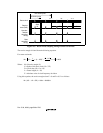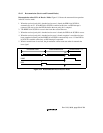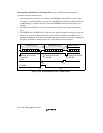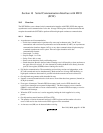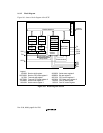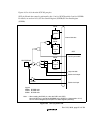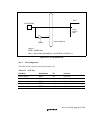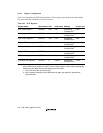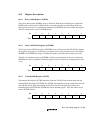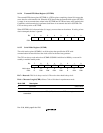
Rev. 5.00, 09/03, page 511 of 760
Section 16 Serial Communication Interface with FIFO
(SCIF)
16.1 Overview
The SH7709S has a two-channel serial communication interface with FIFO (SCIF) that supports
asynchronous serial communication. It also has 16-stage FIFO registers for both transmission and
reception that enable the SH7709S to perform efficient high-speed continuous communication.
16.1.1 Features
• Asynchronous serial communication:
Serial data communication is performed by start-stop in character units. The SCI can
communicate with a universal asynchronous receiver/transmitter (UART), an asynchronous
communication interface adapter (ACIA), or any other communications chip that employs
a standard asynchronous serial system. There are eight selectable serial data
communication formats.
Data length: 7 or 8 bits
Stop bit length: 1 or 2 bits
Parity: Even, odd, or none
Receive error detection: Parity and framing errors
Break detection: Break is detected when a framing error is followed by at least one frame at
the space 0 level (low level). It is also detected by reading the RxD level directly from the
port SC data register (SCPDR) when a framing error occurs.
• Full duplex communication: The transmitting and receiving sections are independent, so the
SCI can transmit and receive simultaneously. Both sections use 16-stage FIFO buffering, so
high-speed continuous data transfer is possible in both the transmit and receive directions.
• On-chip baud rate generator with selectable bit rates
• Internal or external transmit/receive clock source: From either baud rate generator (internal) or
SCK pin (external)
• Four types of interrupts: Transmit-FIFO-data-empty, break, receive-FIFO-data-full, and
receive-error interrupts are requested independently. The direct memory access controller
(DMAC) can be activated to execute a data transfer by a transmit-FIFO-data-empty or receive-
FIFO-data-full interrupt.
• When the SCIF is not in use, it can be stopped by halting the clock supplied to it, saving
power.
• On-chip modem control functions (RTS and CTS)
• The quantity of data in the transmit and receive FIFO registers and the number of receive
errors of the receive data in the receive FIFO register can be ascertained.
• A time-out error (DR) can be detected when receiving.



